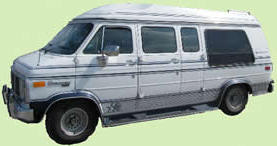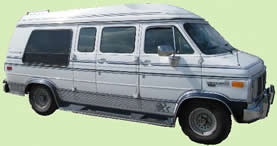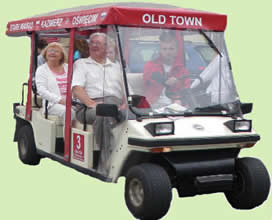AUSCHWITZ & BIRKENAU MUSEUMS
All over the world, Auschwitz has become a symbol of terror, genocide, and the Holocaust. It was established by Germans in 1940, in the suburbs of Oswiecim, a Polish city that was annexed to the Third Reich by the Nazis. Its name was changed to Auschwitz, which also became the name of Konzentrationslager Auschwitz.
The direct reason for the establishment of the camp was the fact that mass arrests of Poles were increasing beyond the capacity of existing "local" prisons. Initially, Auschwitz was to be one more concentration camp of the type that the Nazis had been setting up since the early 1930s. It functioned in this role throughout its existence, even when, beginning in 1942, it also became the largest of the death camps.
Division of the camp
The first and oldest was the so-called "main camp," later also known as "Auschwitz I" (the number of prisoners fluctuated around 15,000, sometimes rising above 20,000), which was established on the grounds and in the buildings of prewar Polish barracks;
The second part was the Birkenau camp (which held over 90,000 prisoners in 1944), also known as "Auschwitz II" This was the largest part of the Auschwitz complex. The Nazis began building it in 1941 on the site of the village of Brzezinka, three kilometers from Oswiecim. The Polish civilian population was evicted and their houses confiscated and demolished. The greater part of the apparatus of mass extermination was built in Birkenau and the majority of the victims were murdered here;
More than 40 sub-camps, exploiting the prisoners as slave laborers, were founded, mainly at various sorts of German industrial plants and farms, between 1942 and 1944. The largest of them was called Buna (Monowitz, with ten thousand prisoners) and was opened by the camp administration in 1942 on the grounds of the Buna-Werke synthetic rubber and fuel plant six kilometers from the Auschwitz camp. On November 1943, the Buna sub-camp became the seat of the commandant of the third part of the camp, Auschwitz III, to which some other Auschwitz sub-camps were subordinated.
Interessengebiet
The Germans isolated all the camps and sub-camps from the outside world and surrounded them with barbed wire fencing. All contact with the outside world was forbidden. However, the area administered by the commandant and patrolled by the SS camp garrison went beyond the grounds enclosed by barbed wire. It included an additional area of approximately 40 square kilometers (the so-called "Interessengebiet" - the interest zone), which lay around the Auschwitz I and Auschwitz II-Birkenau camps.
The local population, the Poles and Jews living near the newly-founded camp, were evicted in 1940-1941. Approximately one thousand of their homes were demolished. Other buildings were assigned to officers and non-commissioned officers from the camp SS garrison, who sometimes came here with their whole families. The pre-war industrial facilities in the zone, taken over by Germans, were expanded in some cases and, in others, demolished to make way for new plants associated with the military requirements of the Third Reich. The camp administration used the zone around the camp for auxiliary camp technical support, workshops, storage, offices, and barracks for the SS.
WIELICZKA SALT MINES
The Wieliczka Salt Mine is one of the most valuable cultural monuments in Poland, visited each year by over a million tourists from around the world. It is also a world class historical monument and as such is inscribed in UNESCO's First World List of Cultural and Natural Heritage.
Today, the Wieliczka Salt Mine represents both many centuries of tradition and modernity, centuries of history, and an underground city with an extensive infrastructure. The Mine is the heritage of the work of several dozen generations of miners, and a monument of the history of Poland and the Polish nation – a brand that has been created in the Polish collective consciousness over centuries.
The Mine trade mark is among the oldest in the world. It is also the oldest Polish brand: it was the Wieliczka Salt Mine that started to mark the manufactured product (salt) with a trademark. This mark was placed on the whitest salt from the purest deposits destined for the royal table, and packed in barrels marked with the Royal Eagle.
YOU CAN VISIT BOTH AUSCHWITZ AND THE SALT MINES ON A 1 DAY TOUR WITH KRAKOW TOURS.
There are lots more things to see in the region, if you have any specific ideas or requests email us the details and we can make all arrangements for you.
 KRAKOW TOURS
KRAKOW TOURS



